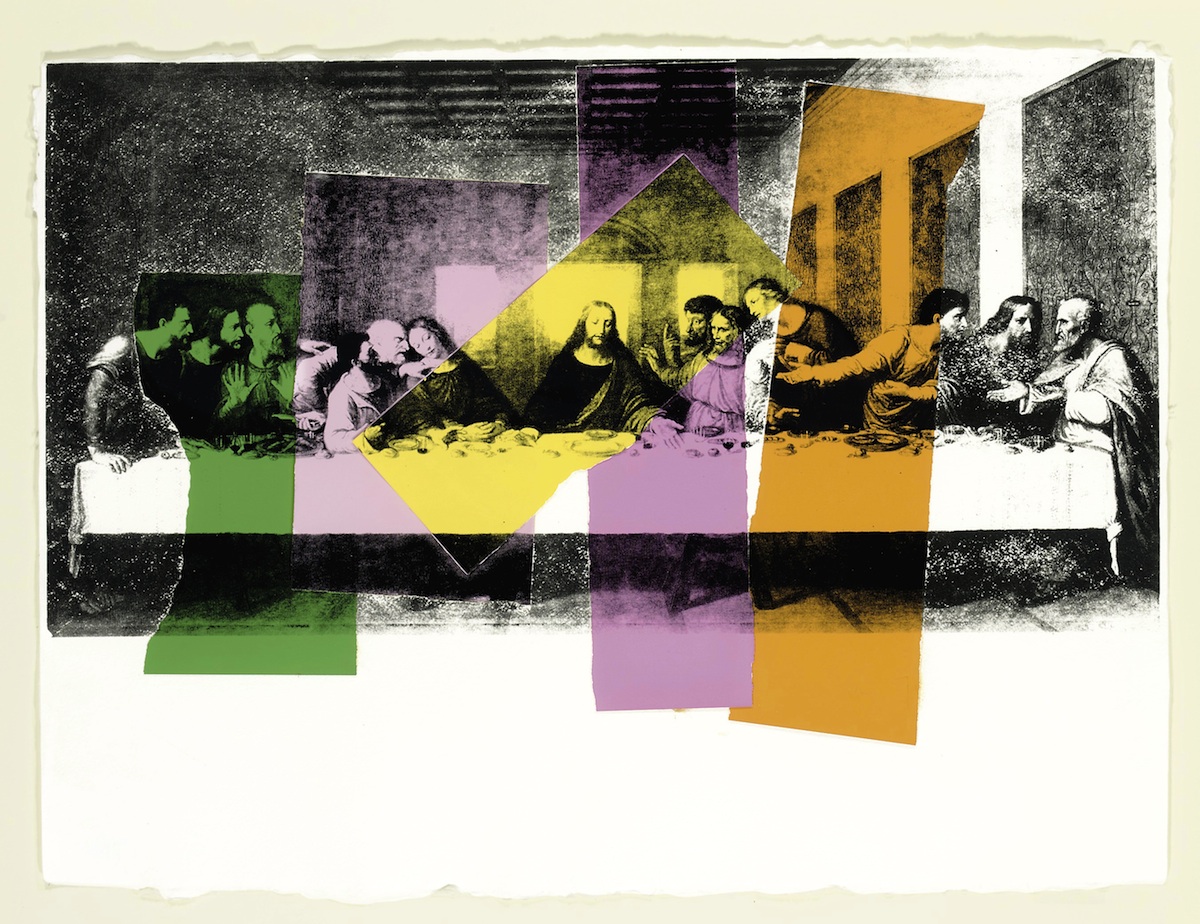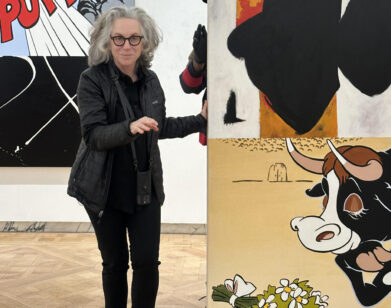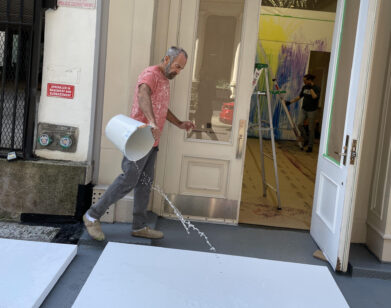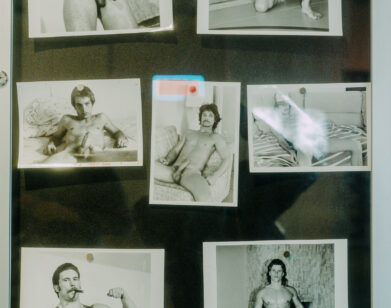Alexander Iolas, Also Known as Alexander the Great
Most dealers exist merely as a slick of grease keeping art business mechanisms grinding on; but a few legends have cemented themselves in the history of art, with their tastes and endorsements writing movements.
Among the greatest in the later 20th century was Alexander Iolas, an eccentric Greek dealer who is credited with introducing America to major Surrealist figures–René Magritte, Max Ernst, Giorgio de Chirico, and Man Ray were just a few he championed. He also happened to give a certain 23-year-old Pittsburgh-born illustrator his first show: “Andy Warhol: 15 Drawings Based on the Writings of Truman Capote,” in 1952. Yet, though a seminal collector, and notoriously flamboyant man-about-town, Iolas’s reputation has lamentably faded from New York’s consciousness.
The latest show at Paul Kasmin Gallery, “Alexander the Great: The Iolas Gallery 1955-1987,” aims to rectify that. Against freshly painted royal purple walls are dozens of works by the many Surrealist masters the dealer supported. (“I count on you to work miracles,” Magritte once told Iolas, “which will give me the peace of mind that is indispensable to getting my work done.”) Warhol’s presence is felt with a portrait of Man Ray (1974), The Last Supper (1986), and a 1974 depiction of Iolas himself, composed after a Polaroid.
Warhol remained friends with his patron for the rest of their lives. The two roamed–and climbed–in the same circles, doing business in between. “[Iolas] could travel in the world of high and low, which Andy could as well,” says producer Vincent Fremont, a Warhol Factory alum who organized the show with writer and artist Adrian Dannatt. “Andy worked with many other dealers, but Iolas had a special place.” In the exhibition catalog’s introduction, Bob Colacello remembers how “negotiating with Iolas was a bit of an ordeal”–him being the only buyer for whom Warhol would overlook an underpayment.
Iolas started as a dancer, though had to give it up because “he realized he was way too small in stature,” describes Fremont. “But he made up for it by wearing shoes with Cuban heels, outlandish furs… If you saw him you would stop and go, ‘Wow, who is this person?'” However, dissimilar to contemporaries like Ileana Sonnabend, he never kept a permanent collection. “Iolas was selling and buying, selling and buying in kind of a Kunsthaus-ish way,” explains Fremont. “He was loose on records… he didn’t like bureaucracy or paperwork.” Consequently, the whirlwind that was Iolas quieted more swiftly than others of his time.
An essay by Iolas reprinted in the catalog provides some insight on what exactly inspired and drove the collector, who touted the spirit of art over its intellectualization. “Art has no words,” he wrote. “That’s the wonderful thing about it, the magic of it. It’s a mistake to be too intelligent…what a bore!”
“ALEXANDER THE GREAT: THE IOLAS GALLERY 1955-1987” WILL BE ON VIEW AT PAUL KASMIN AT 293 TENTH AVENUE THROUGH APRIL 26.







